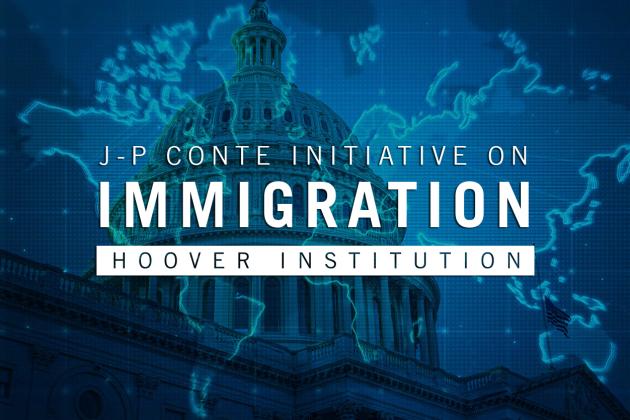PARTICIPANTS
John Taylor, Joe Grundfest, John Gunn, Kenneth Scott, Darrell Duffie, John Shoven, Michael Boskin, John Ciorciari, and Matthew Gunn.
ISSUES DISCUSSED
-
The Latest Challenges. Members of the Working Group assembled to discuss the latest challenges in financial markets and identify near-term policy responses. Participants began by noting concerns related to the stock market decline, the Lehman Brothers CDS auction, and the plunging price of Morgan Stanley shares. John Taylor also presented slides showing heightened problems in credit markets. He drew attention to the dramatic upward spike in 3-month LIBOR spreads over the Fed funds overnight rate, as well as a sharp recent increase in CDS spreads. Taylor argued that heightened counterparty risk is driving those changes more than liquidity concerns. Participants discussed the roles of both insolvency and illiquidity in the financial markets and the potential of monetary policy to help.
-
Responding to the Challenges. After a brief review of the latest market developments and macroeconomic trends, the group discussed policy op
-
Dealing with Problematic Mortgages. The group first noted the continuing importance of distressed mortgages. Ken Scott introduced a proposal that would require mortgage owners to take write-downs and would offer various forms of relief to borrowers. He stressed the importance of distinguishing among different groups of borrowers to reduce moral hazard and apply public resources efficiently. Joe Grundfest presented an alternative proposal, recommending that the Treasury insure any mortgage not already backed by a GSE at 50% of the loan’s outstanding balance. He contended that doing so would have a positive “multiplier effect.” Due to accounting rules and leverage, for any increase in the value of an underlying mortgage, MBS instruments would increase by a multiple of that amount. Both Scott and Grundfest argued that mortgage relief plans should be designed so that they do not require new legislation and can be implemented quickly. Both also emphasized the need to encourage a return of private capital.
-
Providing Liquidity in the MBS Market. In addition to dealing with underlying mortgages, the group considered other ways to increase liquidity in the MBS market. Participants noted that the Treasury’s prospective purchasing strategy remains unclear and that it will be critical for the Treasury to issue clear guidelines on the types of assets to be purchased and the means by which those assets will be valued. The group discussed a dilemma that Treasury officials will face as they attempt to purchase MBS instruments at prices low enough to conserve public resources and reduce moral hazard but high enough to induce firms to sell.
-
Improving Information in the Markets. The group identified improved information disclosure as a key to addressing problems in the MBS market and strengthening the financial sector more broadly. Scott presented his proposal for the SEC to require more extensive and frequent web-based disclosure on the values and holders of MBS instruments and underlying mortgages. The group then discussed some technical and legal issues surrounding the disclosure of firms’ holdings and positions. Participants stressed that the SEC, Fed, and key foreign regulators need to amass more complete and updated information to enable investors and government agencies assess individual firms and market conditions more effectively. Among other things, enhanced disclosure would enable the Treasury to make more informed asset purchases in the months ahead.
-
Infusing Banks with Equity. The fourth key aspect of an effective policy response identified by the Working Group is an infusion of capital into the banking system. Michael Boskin proposed establishing a co-investment plan that would involve both public and private investment on similar terms. Participants discussed the need to leverage public resources and align public and private incentives. The group noted that a key to a successful capital infusion plan will be to determine what types of banks will be targeted—large or small, strong or weak—and how much capital will be provided in relation to a bank’s overall resources.
-
-
Forward Agenda for the Working Group. The group concluded by agreeing to conduct further research on the various aspects of an effective policy response. Scott agreed to hold the pen on issues 1 and 3 above, working closely with Grundfest and Darrell Duffie, and Boskin agreed to lead work on issue 4. The group agreed to reconvene within a week to present drafts, exchange comments, and discuss next steps.









